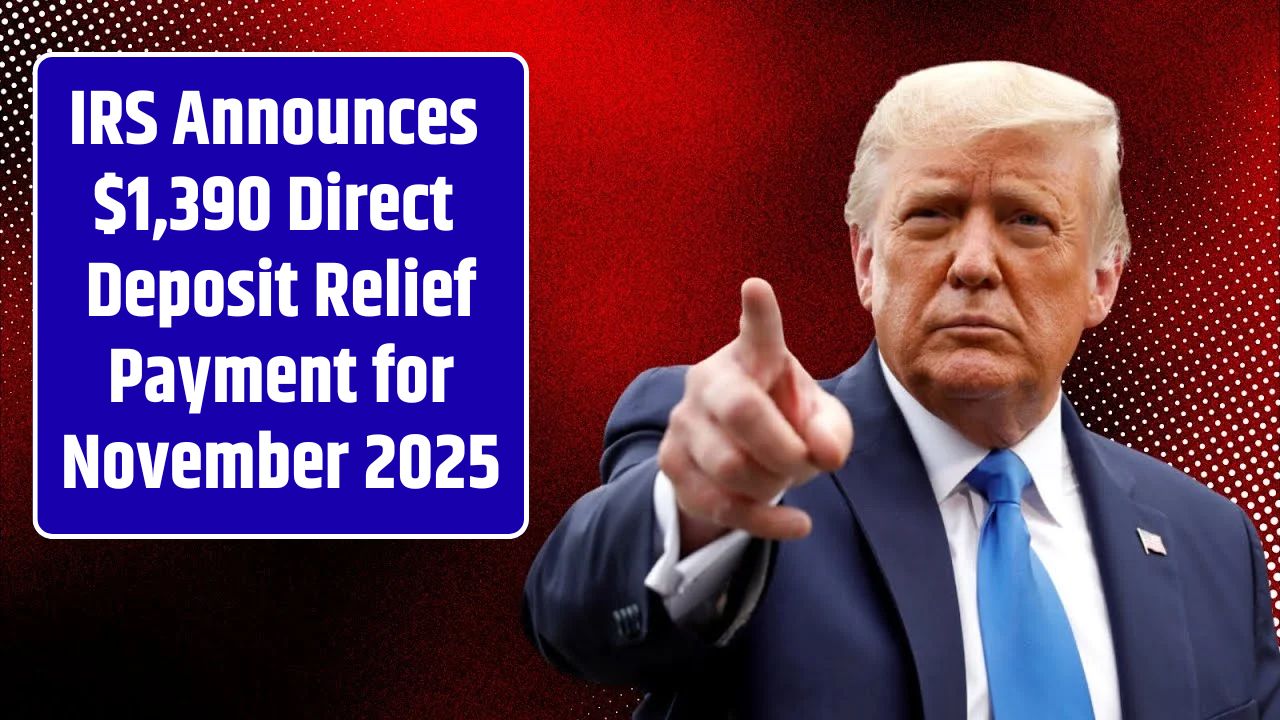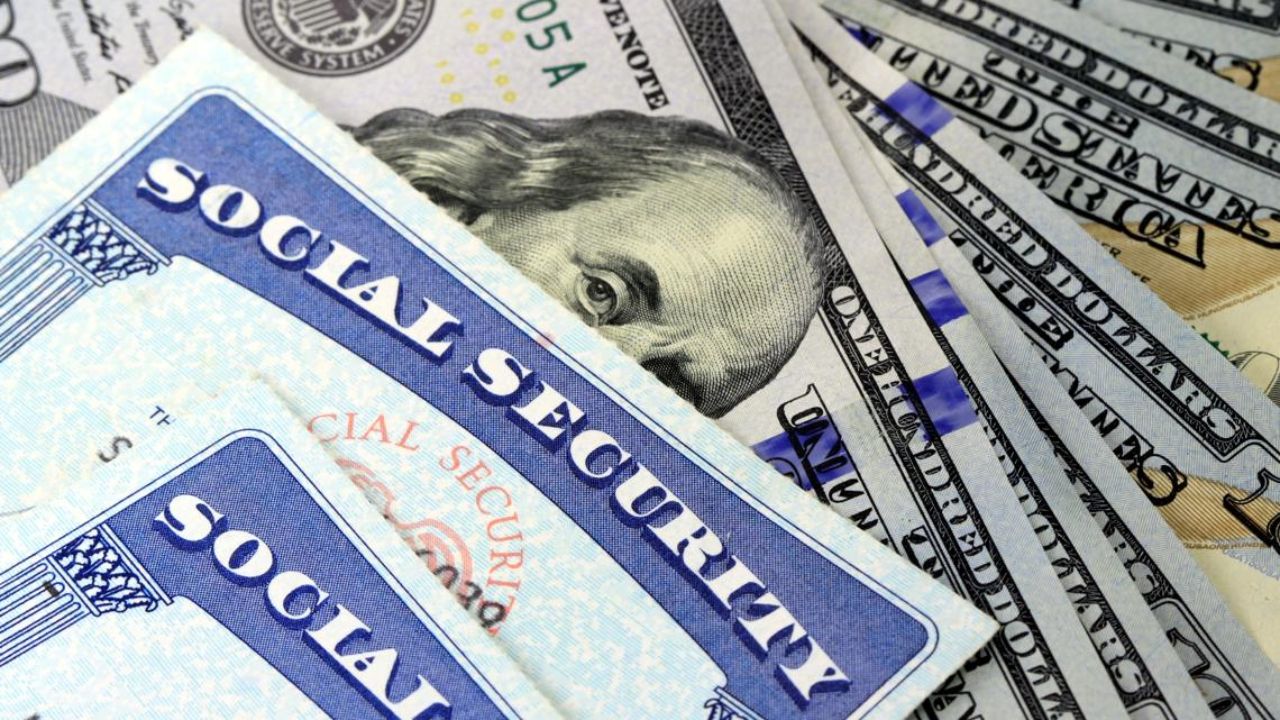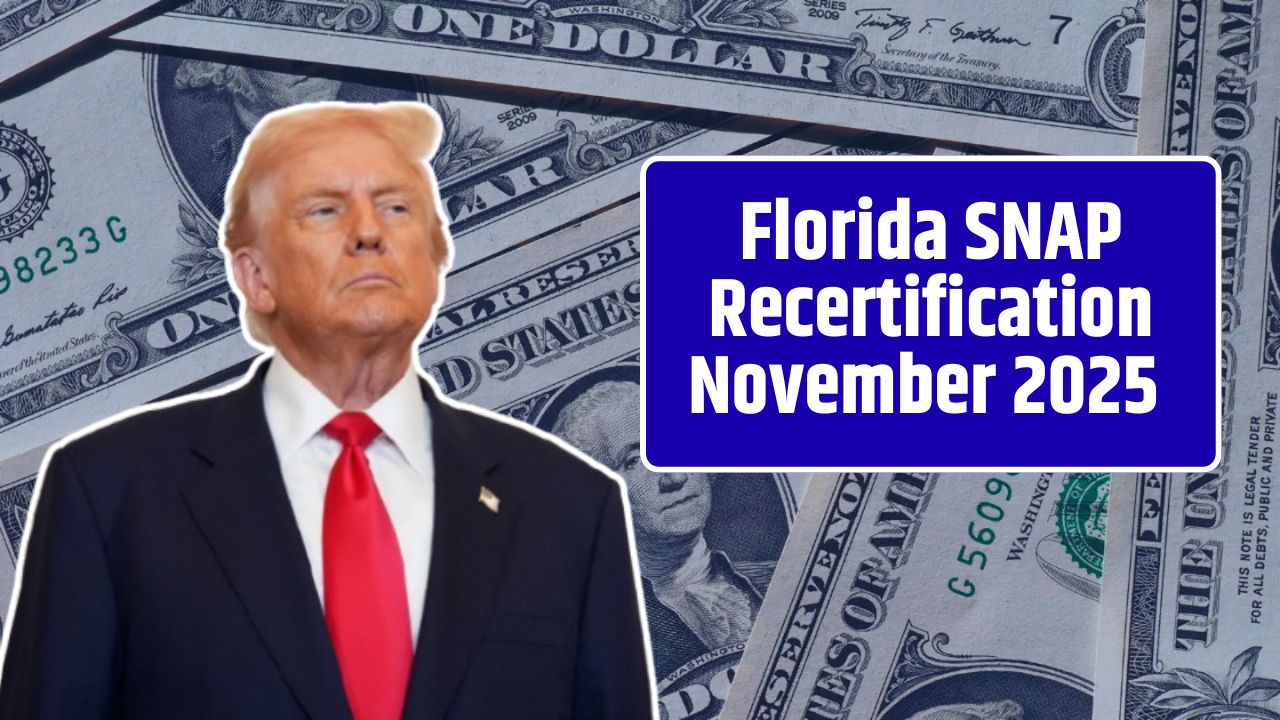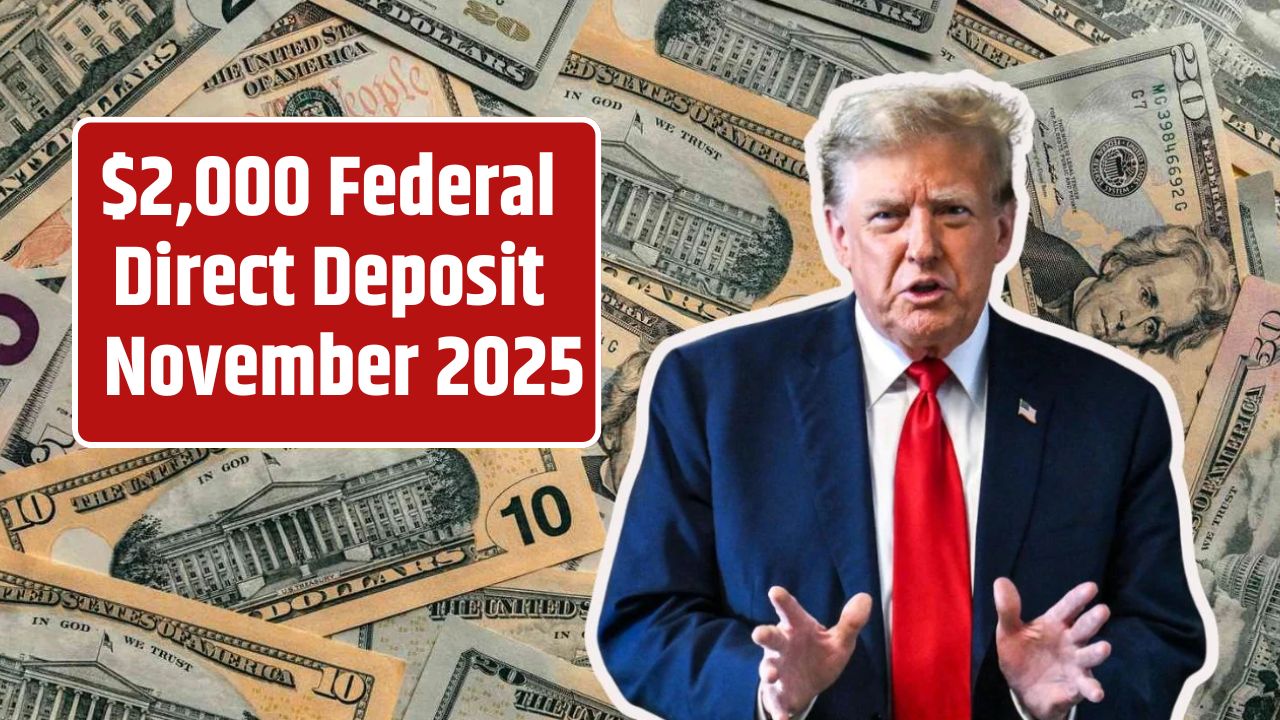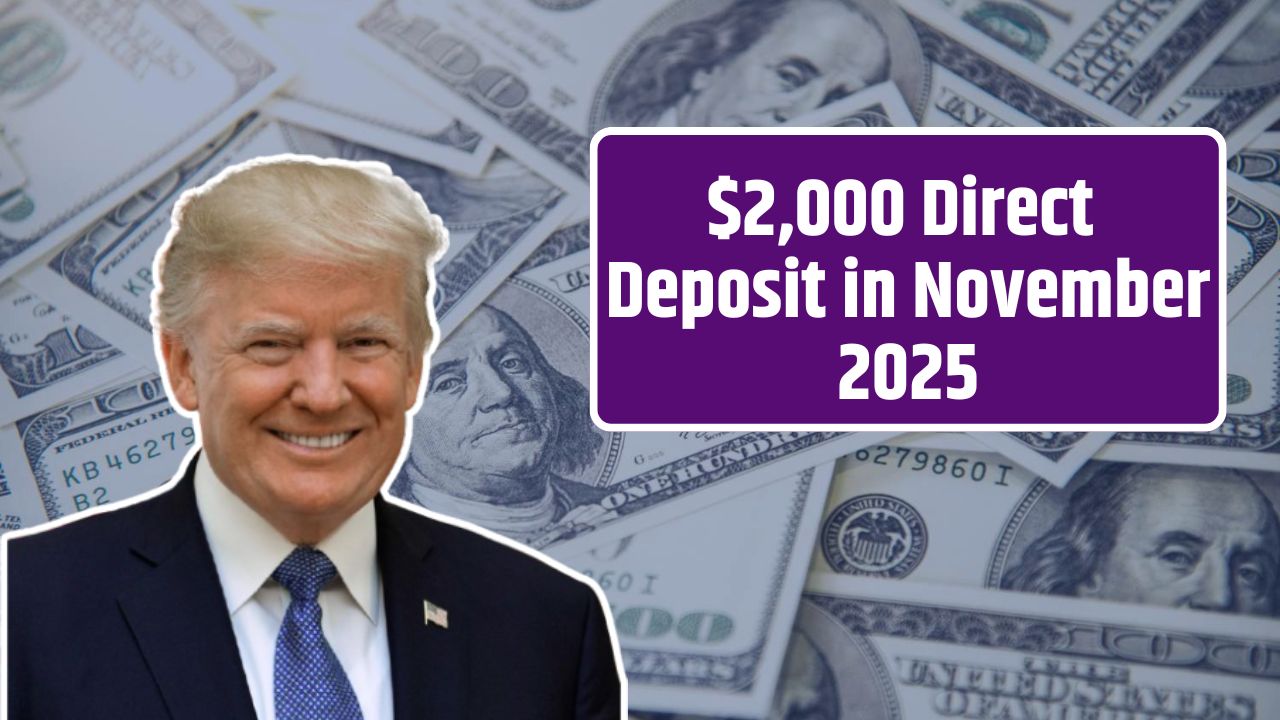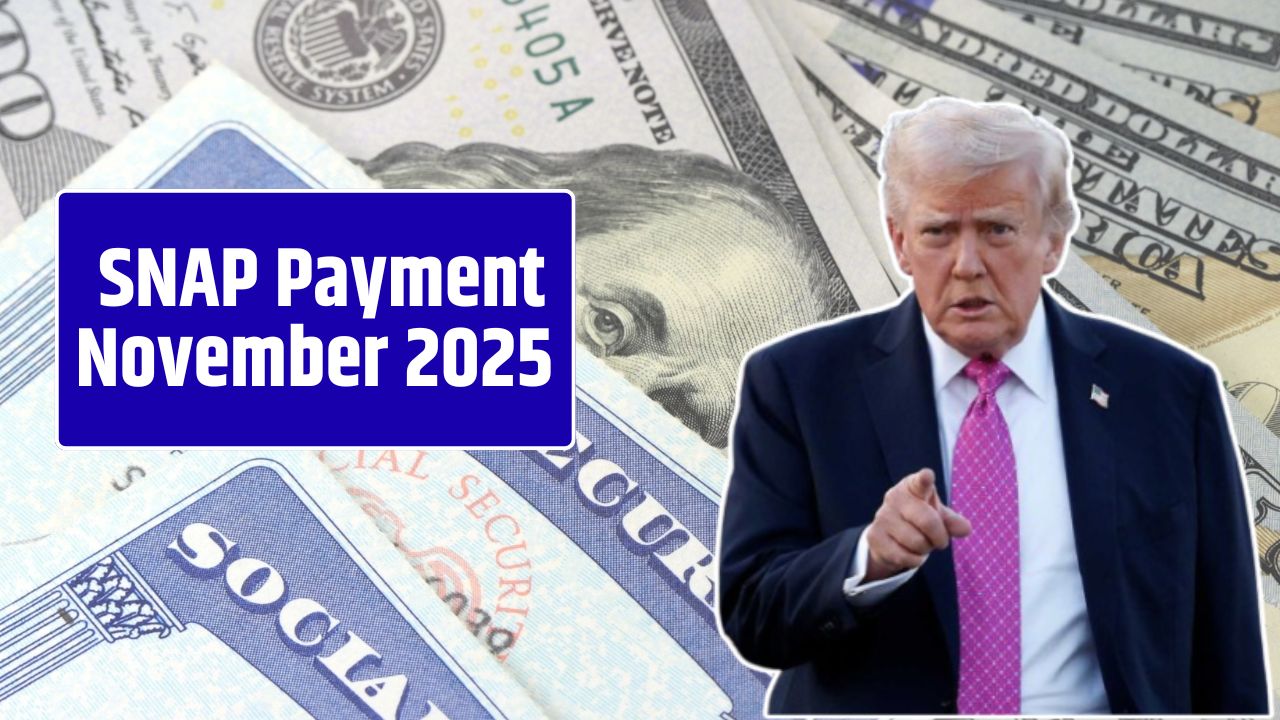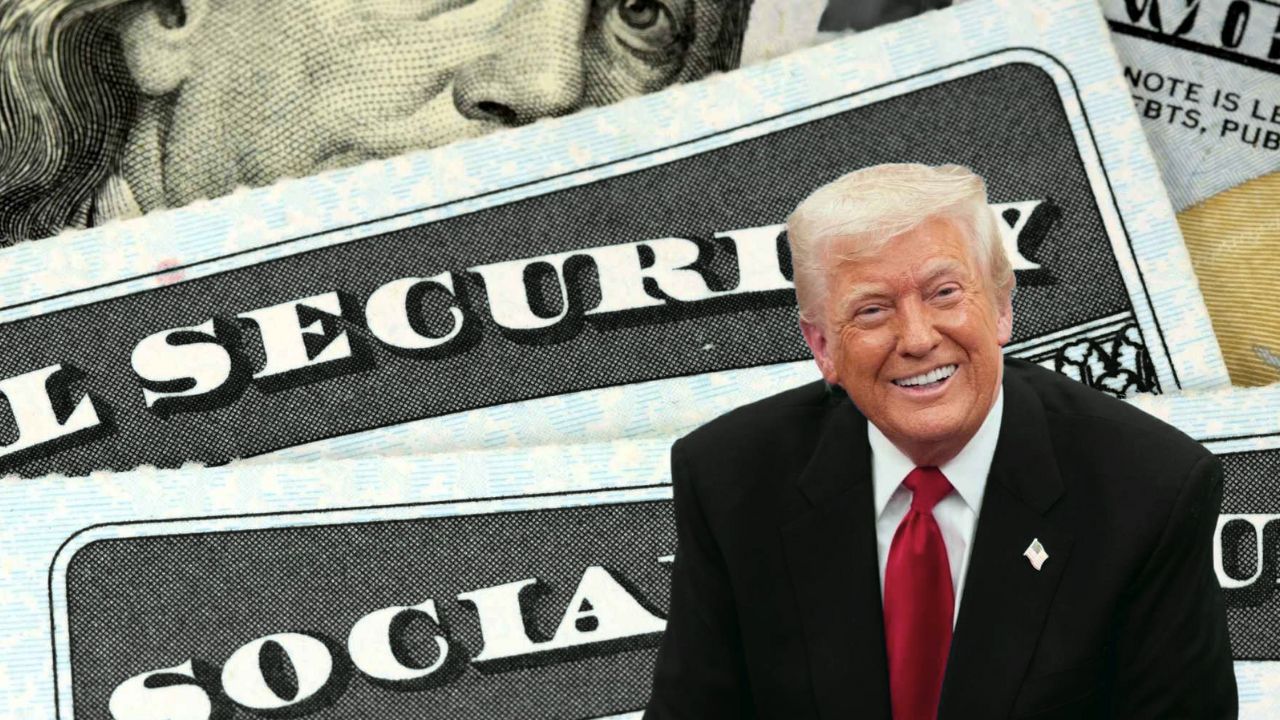That claim about the IRS sending $1,390 “direct deposit relief payments” in November 2025 is currently false — there is no official IRS or Treasury announcement authorizing or funding any such program. Let’s break down what’s real, what’s not, and how to verify it.
Fact Check: No Federal Relief Payment Approved
As of late October 2025, there is no federal law, IRS bulletin, or Treasury Department release establishing a new round of “relief payments,” “stimulus checks,” or anything described as a $1,390 direct deposit.
You can confirm this on the following official government sites:
- IRS Newsroom: https://www.irs.gov/newsroom
- U.S. Department of the Treasury: https://home.treasury.gov/news/press-releases
- Congress.gov Appropriations Tracker: https://www.congress.gov
No current federal legislation, budget line, or Treasury disbursement authority lists a program by that name or amount.
Where the Rumor Came From
This story appears to have grown out of social media posts and fabricated news articles that borrow language from legitimate federal relief programs — like the 2020–2021 stimulus checks and ongoing inflation-adjustment policies — then attach false numbers and dates.
A few patterns that made it go viral:
- Copycat graphics mimicking IRS announcements.
- Recycled claims from state-level rebates (e.g., Minnesota, New Mexico, Alaska) misrepresented as federal payments.
- Timing confusion with Social Security’s annual COLA (Cost-of-Living Adjustment), which is typically announced in mid-October and begins in January.
The IRS has repeatedly warned the public not to trust unsolicited emails, posts, or texts promising “special relief” or “holiday stimulus” payments.
“There are no new federal direct payments planned for 2025,” the agency confirmed in an October statement. “Taxpayers should be cautious of scams that use the IRS name or logo to solicit personal or banking information.”
What the IRS Is Doing
While there’s no new $1,390 payment, there are a few legitimate programs and adjustments happening this fall:
| Program / Change | Status | Description |
|---|---|---|
| 2026 Tax Bracket Updates | Confirmed | IRS will announce new inflation-adjusted tax brackets in November. |
| Standard Deduction Increase | Confirmed | Expected to rise by roughly 5% for 2026 filings. |
| Social Security COLA (SSA) | Confirmed | Benefit increase takes effect January 2026, unrelated to the IRS. |
| State Rebates | Varies | Some states (e.g., Alaska PFD, Montana, Minnesota) are issuing local refunds; not federal. |
So while money is moving to certain households this fall, none of it is part of a new IRS “relief deposit.”
How to Check If You’re Owed Anything
If you suspect you missed a past stimulus credit, refund, or earned income credit, here’s how to verify safely:
- Use your IRS online account:
https://www.irs.gov/payments/your-online-account - Review 2020–2023 tax filings:
You can still claim the Recovery Rebate Credit on prior-year returns if eligible. - Never click links from social media posts or unsolicited texts.
Scammers often spoof the IRS or Treasury logos to harvest personal information. - For Social Security or VA recipients:
Payment schedules and COLA updates are posted at ssa.gov and va.gov. Neither agency has announced any new lump-sum relief payments.
Why These Rumors Persist
Economic strain and the memory of pandemic-era stimulus checks make stories like this easy to believe — and easy for scammers to exploit. Fake “relief” programs often aim to:
- Collect Social Security numbers or bank account details.
- Encourage victims to pay “processing fees” for nonexistent payments.
- Drive clicks or ad revenue using misleading headlines.
When in doubt, check the source: if it’s not directly from IRS.gov or Treasury.gov, it’s not official.
FAQs:
Is the IRS sending $1,390 direct deposits in November 2025?
No. There is no such program or funding authorization.
Where did this information come from?
From viral posts and fake news articles misrepresenting old stimulus and tax relief programs.
How can I confirm any IRS payment?
Always verify through your IRS online account or the official IRS newsroom.

